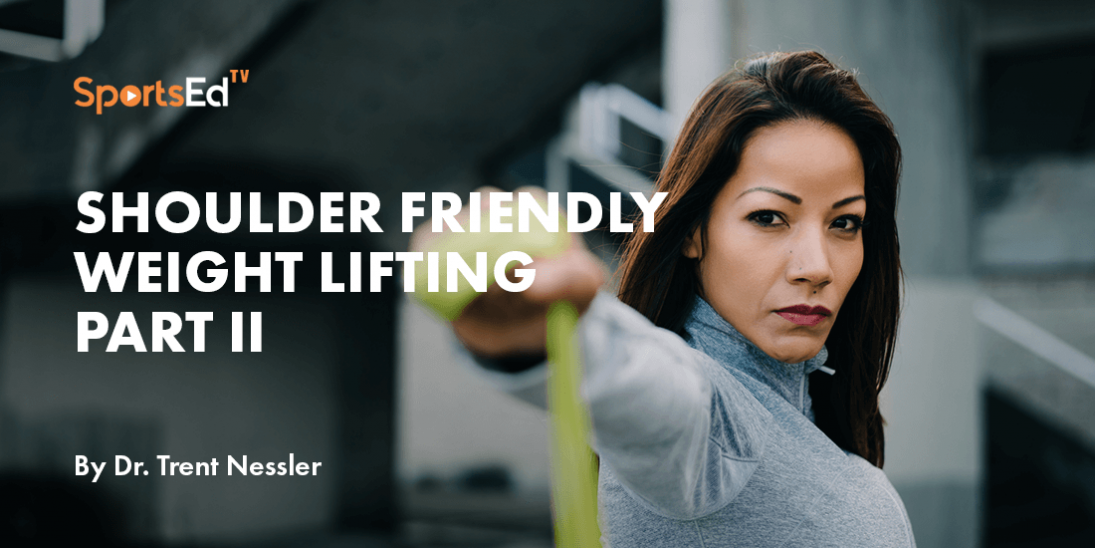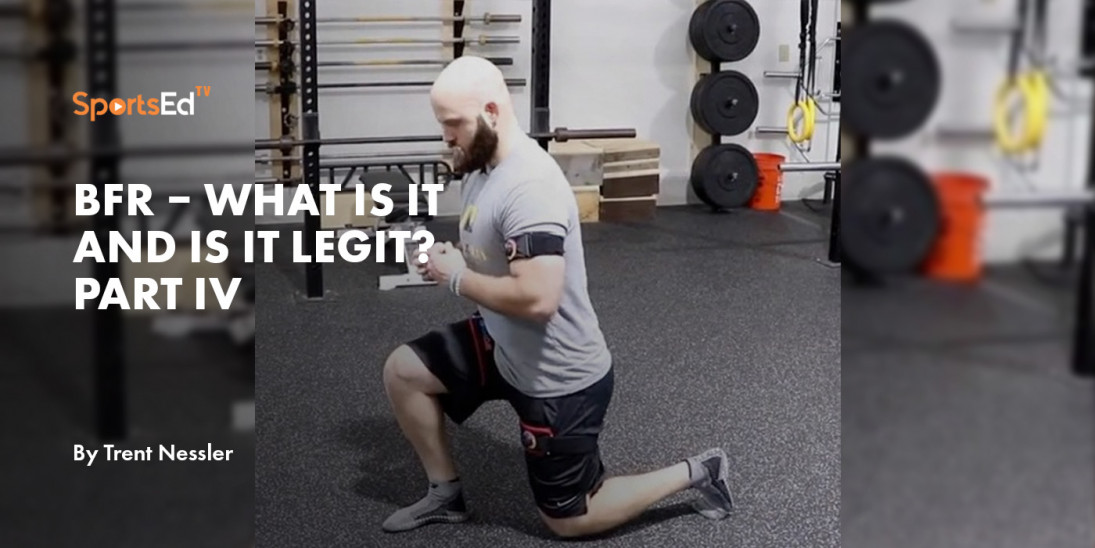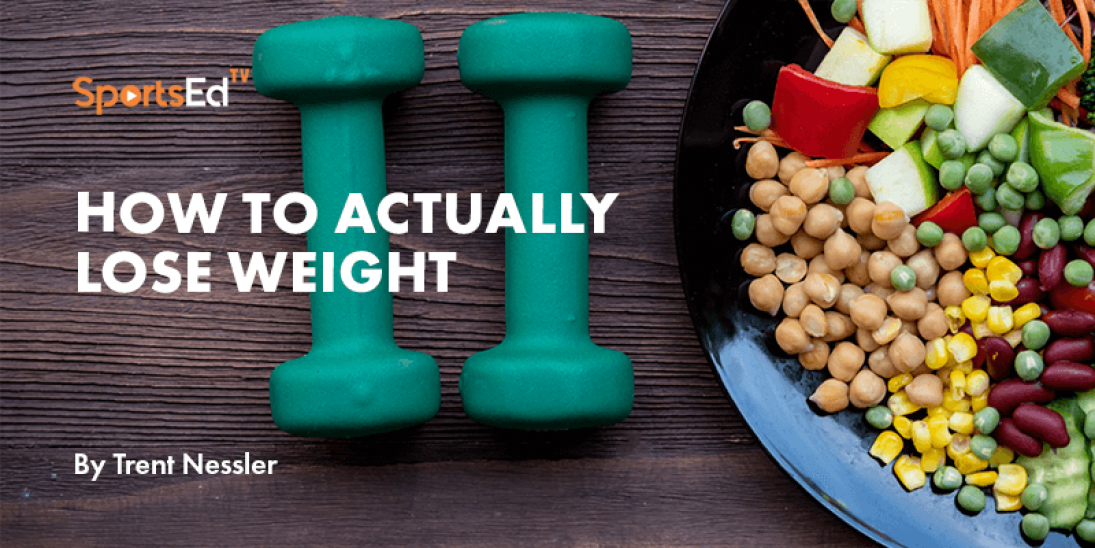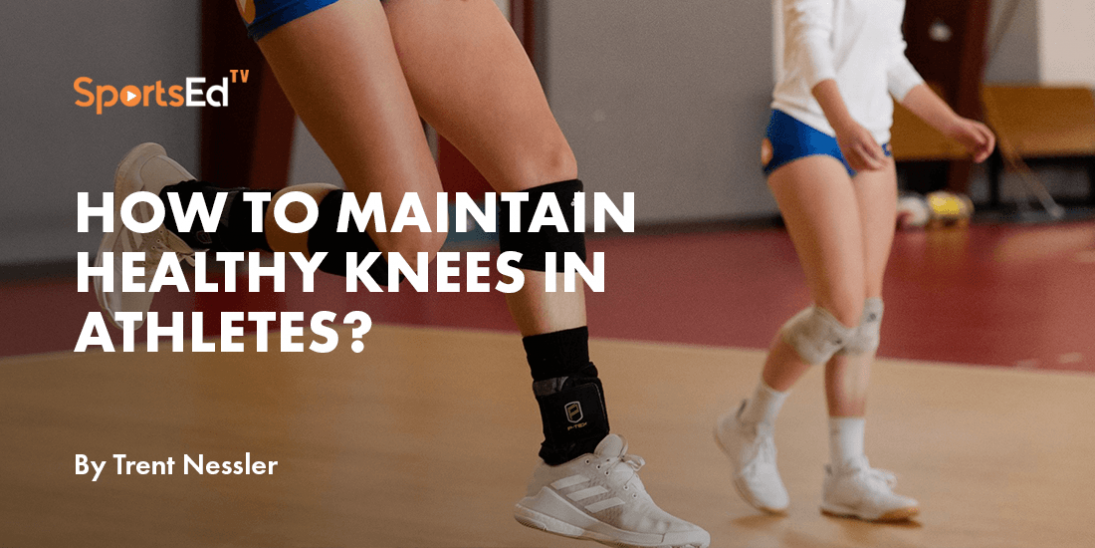Tennis
Welcome and thanks for visiting...

Lateral Epicondylitis (aka Tennis Elbow) - Part II
In the previous article, we talked about lateral epicondylitis or Tennis Elbow, what it is and some early interventions that can be done. Lateral epicondylitis is a common problem in tennis players due to the tennis swing. There are a lot of variations in the elbow position at ball contact however the wrist flexors and extensors have to activate immediately and powerfully to swing the racket, stop the ball’s momentum and to reverse that momentum. Obviously, there are a lot of muscles (shoulder girdle, core and hips) that help achieve the desired outcome, but the elbow often takes on the brunt of the force.
Contrary to the name, Tennis Elbow, this is not a condition that is just associated with Tennis. Weightlifters often experience this due to lack of grip strength that is required for heavy lifting. They will usually experience pain after lifting heavy (heavy shrugs, lat pulls, bicep curls, etc) where they will have pain in the forearm and elbow as they try to release the bar. Many weightlifters think they can avoid this by using wrist wraps, elbow straps or wrist straps with heavier lifts. Unfortunately, this often leads to continued weakness and can cause the problem to persist if the underlying issue is not addressed.
In addition, this is also common in Brazilian Jiu Jitsu (BJJ) and Judo. In both of these sports, there is often some grip fighting that occurs, where you are attempting to grab your opponent’s gi and your opponent is attempting to grab your gi. In addition, the grip in these sports is often used to control your opponent. It is this powerful grip that allows you to perform hip throws, takedowns, control your opponent’s hips or perform a submission. For all these sports, as I mentioned last time, early detection is key. Inflammation control is huge. Early detection and starting the use of ice massage as soon as possible prevents a small problem from becoming a large problem. In addition, strengthening the wrist flexors and extensors is key. Performing wrist curls and wrist extension with the elbow bent and straight is key. However, we also need to make sure we are training to meet the demands of the sport.
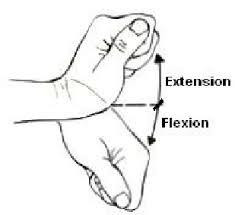 All too often I see people in the gym training their forearms, which is great, however they are doing it with heavy weight and 6-8 reps. As we think about how we should train these muscles we need to think about how they function in sport. There is some variance in sport but for most sports, these muscles will function both concentrically and eccentrically. It is often the eccentric control that causes a lot of problems. Example is the tennis player doing a back swing. As the ball hits the racket, the wrist extensors must contract eccentrically to prevent the force from the ball hitting the racket causing the wrist to flex. If a player can’t control that eccentrically, then the wrist will flex when they contact the ball. This also happens in BJJ/Judo. The wrist flexors and extensors frequently function eccentrically to prevent someone from doing a grip break or when they are using the grip to control an opponent.
All too often I see people in the gym training their forearms, which is great, however they are doing it with heavy weight and 6-8 reps. As we think about how we should train these muscles we need to think about how they function in sport. There is some variance in sport but for most sports, these muscles will function both concentrically and eccentrically. It is often the eccentric control that causes a lot of problems. Example is the tennis player doing a back swing. As the ball hits the racket, the wrist extensors must contract eccentrically to prevent the force from the ball hitting the racket causing the wrist to flex. If a player can’t control that eccentrically, then the wrist will flex when they contact the ball. This also happens in BJJ/Judo. The wrist flexors and extensors frequently function eccentrically to prevent someone from doing a grip break or when they are using the grip to control an opponent.
An additional factor to consider and a problem with the above training scenario, is that the wrist flexors and extensors also have to have high endurance. As a tennis player or BBJ/Judo athlete, if I train for 6-8 reps, I will be strong for the first 3-5 minutes. But as competition continues, I have not trained the muscles to have the level of endurance needed to longer term stability and competition.
Considering the two above points, eccentric vs. concentric and endurance, we must take this into consideration when we are training. That said, when I train wrist flexion and extension, I focus on both concentric and eccentric phases. Using wrist extension as an example, as I am extending my wrist up may take 1-2 seconds and I will lower it to the starting position taking 3-4 seconds. This helps to emphasize both the concentric phase as well as eccentric phase of strength. You would do the same thing when training the wrist flexors. Considering the endurance that is needed in these muscles, I will also train with high reps. When I say high reps, what I mean is 20-30 reps. Obviously weight you use will be less but you are doing much higher reps and thus pushing the endurance component. Strength will come as you continue to train. Typically 2-3 sets per position. Wrist flexion with elbow straight and flexed and wrist extension with elbow straight and flexed.
Adding these to your routine will help to ward off lateral elbow pain. It may not prevent it but early detection and training will prevent it from becoming a debilitating injury that requires time off. In the next article, we are going to close out this series by talking about the role of the shoulder, elbow and hips in preventing elbow pain. Seriously? Yes, there is a connection. I hope you find this useful and Stay Tuned!
Read more:
Lateral Epicondylitis (aka Tennis Elbow): What is it &; Can it Be Prevented?




